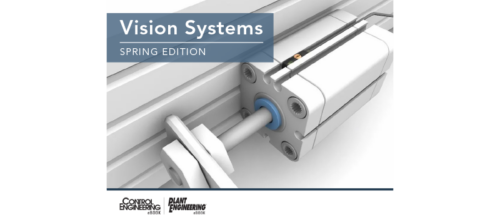Agricultural imagery and machine vision
Machine vision technologies are helping the agricultural industry prevent food losses by giving farmers a better look at their crops' health.
Ecological volatility results in devastating crop loss for many farmers. It’s estimated that a third of all food grown is lost. But, technologies that make use of machine vision, known as “precision agriculture” or “agricultural intelligence”, are helping the industry prevent loss.
Farmers get readouts alerting them to the health of their crops. Computer vision algorithms recognize patterns in fields and determine the presence of disease or other anomalies. Weed identification systems have been developed that combine computer vision images, satellite, and drone imagery.
Artificial intelligence can tell farmers what weed types are attacking their crops in real time. In the past, farmers would typically respond with the use of many different herbicides. But, there are thousands of factors, ranging from species of weeds to diseases to pests on the weed, which can affect the choice of herbicide.
Aerial images
Drones can be used to capture multispectral imagery over fields. Some drones can cover tens of thousands of acres per day. Resolutions are sharp enough to count insects on a single leaf. Deep learning engines use math models and cloud-based computing trained by agronomists and millions of examples of crop health issues.
Plant population
Machine vision in agriculture is used to detect plant positions, calculate plant emergence, row spacing, row length, and compare data to planting date. Throughout the season, farmers can receive data on canopy cover, plant height, and stand count. Farmers even know average tree diameter, flower count, and more, without having to even step into the field themselves.
Weed detection
Since machine vision systems are scanning farms frequently, weeds can be detected in near real time. As a weed emerges, AI can classify the weed and calculate its potential threat to yield. This lets farmers target specific weeds and create custom herbicide solutions. Machine vision can then detect the effectiveness of the herbicide and find resistant weeds left in the field.
Insects and diseases
Computer vision systems identify and categorize top relevant diseases. Systems also find physical damage caused by insects and pests. Farmers are notified about the adverse field conditions at almost the time they originate. The system can then keep track of the status of the spread of disease or infestation and alert farmers to any ongoing threat. This helps eliminate the industry’s traditional costly and time-consuming scouting practices.
Growth issues
Machine vision systems and AI analyze images of crops and farmlands. Often, they are taken close to sowing time to find growth issues before it’s too late to re-sow or correct underlying problems. An extensive, ongoing scan of the entire field provides data on the entire operation without costly, manual scouting procedures.
This article originally appeared in Vision Online. AIA is a part of the Association for Advancing Automation (A3), a CFE Media content partner. Edited by Chris Vavra, production editor, CFE Media, cvavra@cfemedia.com.
Original content can be found at www.visiononline.org.
Do you have experience and expertise with the topics mentioned in this content? You should consider contributing to our CFE Media editorial team and getting the recognition you and your company deserve. Click here to start this process.


